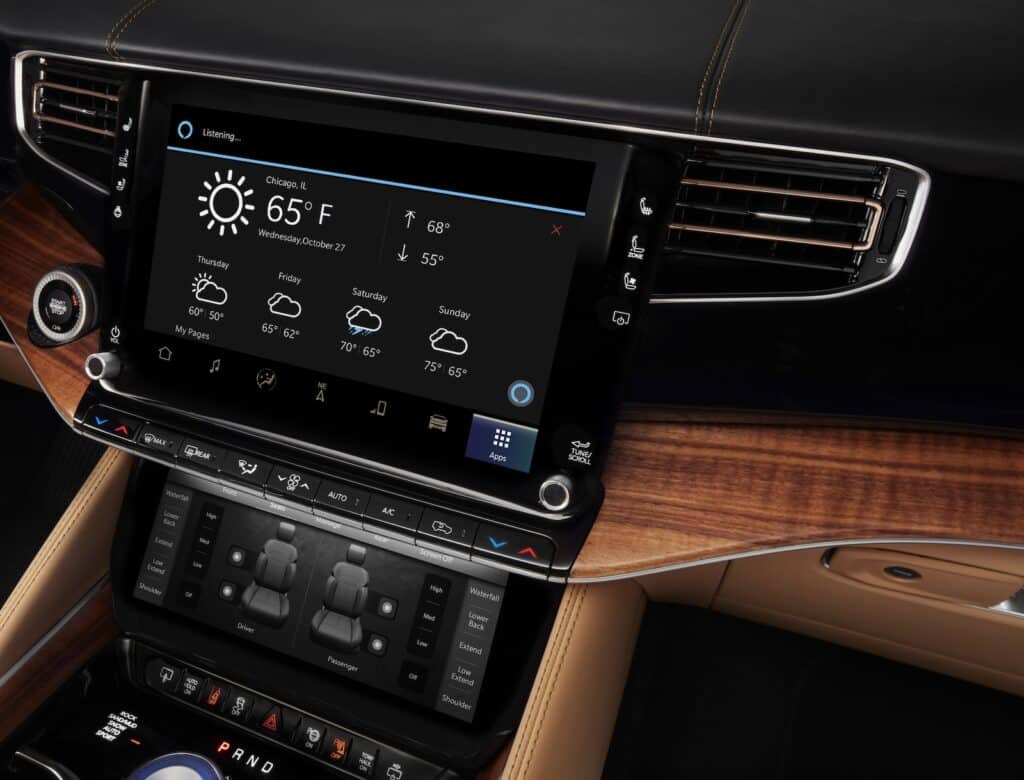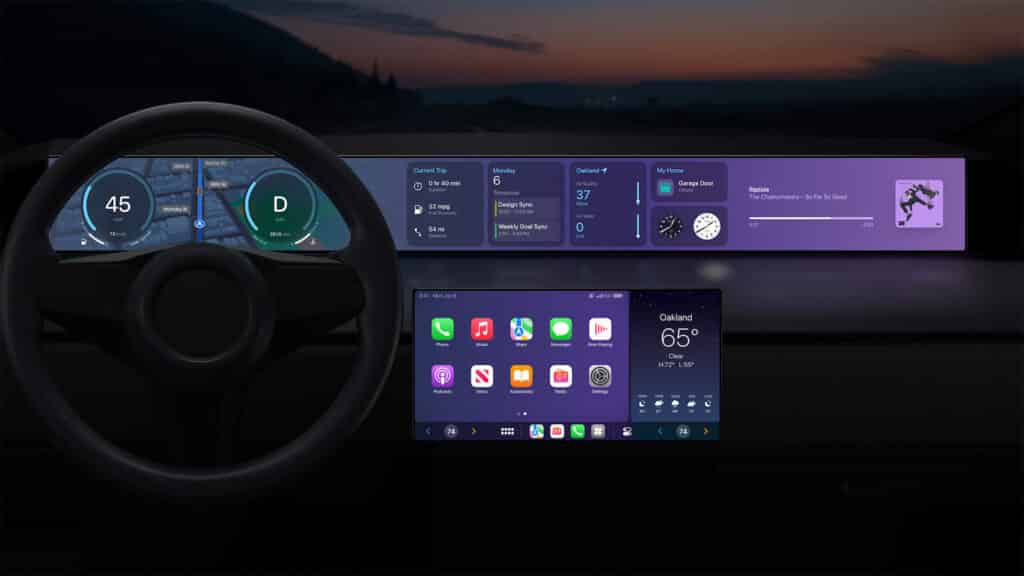
As infotainment screens and digital instrument clusters claim more real estate inside automobiles, they are increasingly claiming a greater share of problems for drivers and automakers.
Consumers used to the flawless software of Apple CarPlay and Android Auto have nurtured the wrath and litigious nature of motorists facing vehicle screens that go blank, freeze or act in bizarre ways. Searching “infotainment software glitches” brings up any number of infotainment systems that have annoyed drivers enough to bring on any number of class action lawsuits.
Proof that newer isn’t always better
Their frustration was most recently reinforced by the 2022 J.D. Power Initial Quality Study, which noted six of the top 10 problem areas stem from problematic infotainment software. It’s now the main cause of consumer complaints, including Android Auto/Apple CarPlay connectivity, built-in voice recognition, difficulties with touchscreens and display screens, built-in Bluetooth, not enough power plugs and/or USB ports, and inconsistent audio volume.
While brands tend to drop in reliability as they offer new models, Stellantis’s Ram and Jeep brands introduced an updated Uconnect 5 infotainment system, and saw their reliability drop to below average in 2022 from above average in 2021 in the industry survey. Meanwhile, brands with older vehicles with carryover technology scored well, including Buick (first place), Dodge (second) and Chevrolet (third).
Coding is king on new cars

Clearly, OEMs are struggling to deliver the seamless software solutions consumers are used to from their smart phones, tablets and laptops. But automakers are reluctant to hand over control to outside vendors.
According to a study by McKinsey, most software architecture is developed by an OEM’s engineering staff, stitching together disparate software components, typically mapping, telematics, infotainment, OEM applications including Advanced Driver Assistance Systems, and third-party software.
It can take an automaker three years to develop an infotainment system, with as much as half of the effort going towards integration. By the time new software is introduced, it can be outdated, causing the cycle to start again, as most systems are not backwards compatible.
Software expertise is becoming more crucial as electric vehicles become more commonplace, and their need to balance range and performance becomes more critical. The same is true of autonomous driving software, where automakers’ ambitions for the technology outpaces their ability to supply a safe solution. This particularly true of Tesla, whose Autopilot system is being investigated by the National Highway Traffic Safety Administration. Its users continue to attest to Autopilot’s goodness, even as a newly posted video shows it taking a Tesla into an opposing lane of traffic.
Is Apple filling the breach?

But automakers’ weakness in developing software stems from the fact that, as large as they are, Google and Apple are larger operations, devoted mostly to developing software. Their might can be seen by a simple stat: cash on hand. In March 2022, Alphabet, Google’s parent, had $133.97 billion, while Apple had $51.51 billion. Sure, Toyota had $76.73 billion, General Motors $26.26 billion, and Tesla $ 18.01 billion, but the money has to be spent on many items besides software.
Could Apple’s updated CarPlay software, previewed as part of the company’s iOS 16 operating system, provide a solution? Revealed at last month’s Worldwide Developers Conference, the car’s hardware will be more tightly integrated into the next iteration of CarPlay, able to supply content across a number of screens inside the car.
This means Apple’s software will be used to control the climate, change a radio station, and take over the display of speed, fuel level, temperature, and other information on your vehicle’s instrument cluster. The new CarPlay will offer different gauge cluster designs, and allow for users to add widgets from Weather, Music and more. This will allow you to customize your car’s readouts and controls.
Apple said the new CarPlay will be available late next year, aka the 2024 model year.
Partners for the new software include Acura, Audi, Ford, Honda, Infiniti, Jaguar, Land Rover, Lincoln, Mercedes-Benz, Nissan, Polestar, Porsche, Renault and Volvo. Corporations noticeably absent from list is General Motors, Hyundai, Kia, Stellantis and Toyota.
Whether this is a preview of more to come out of Apple’s Project Titan remain to be seen. For the greater part of a decade, Apple’s mystery car program appears to have experienced numerous setbacks and adjustments. Apple once essentially fired the whole developer team. Analysts caution that it is far from clear that Apple will continue with the endeavor, even though the company seems poised to do so.




